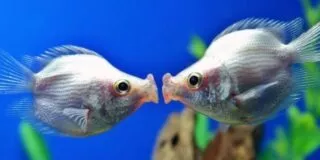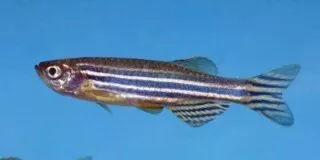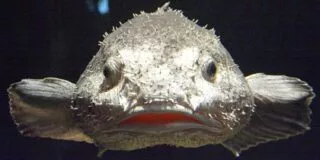The rainbow trout (Oncorhynchus mykiss) was first properly identified and named by Europeans in 1792 thanks to the German naturalist Johan Julius Walbaum.
Like all trouts, the rainbow trout is part of the same family as salmon, which is called salmonidae.
The rainbow trout is native to a very small region of the world, which includes the west coast of North America and the Kamchatka peninsula of Russia.
While they are found on coastal regions, they are actually almost always freshwater fish, living in cold water tributaries which eventually lead into the Pacific Ocean.
All that said, rainbow trout can now be found all over the world, and are bred specifically for both food and sport.
So what is it that makes this fishy little guy so popular? Let’s take a closer look!
Rainbow trout can be found in over 45 countries.

As previously mentioned, the rainbow trout is only native to a very specific region of the world. So why are they found all over the world now?
The answer is quite simple: they’re incredibly easy to raise in fish farms, and are very adaptable to many different environments.
They’re not only good for eating, but can be a great challenge to fish for sport.
Some rainbow trout prefer to live in the ocean.

Technically, they’re actually a sub-species of the rainbow trout. These ocean-loving cousins are referred to as steelhead trout, instead of rainbow trout.
So why are they called steelhead trout, and not rainbow trout?
Well, their scales take on a more steel-like sheen due to their life in the ocean.
Steelhead trout are born in freshwater, and then will live most of their lives in the ocean.
Interestingly, they will always return to freshwater to spawn their eggs.
Rainbow trout always end up returning to their birthplace.

One of the most interesting facts about rainbow trout is that they will always return to the area they were born when it comes time to spawn their eggs.
For most species of rainbow trout this is a relatively simple process, as they tend not to stray far away from home.
For other subspecies, like the steelhead trout, this is a serious endeavor!
Rainbow trout can lay thousands of eggs at a time.
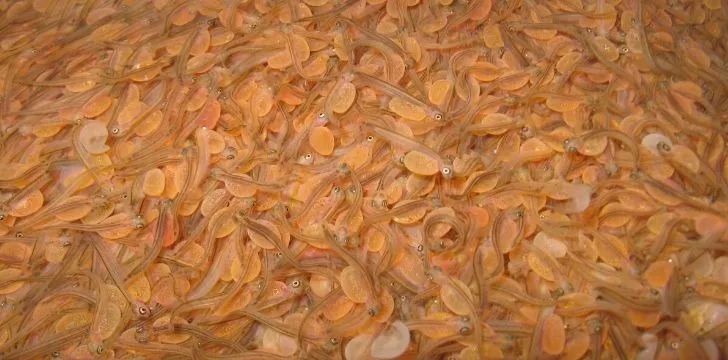
When it comes time to spawn their eggs, female trout will find a bed of fine gravel in a calm, but shallow area.
There they dig a small recess, called a redd, in the gravel bed.
The female rainbow trout then lays an absolutely insane amount of eggs – up to 3,000 eggs per kilogram that the female weighs!
The eggs then usually take around four to seven weeks to hatch.
Rainbow trout are predators.
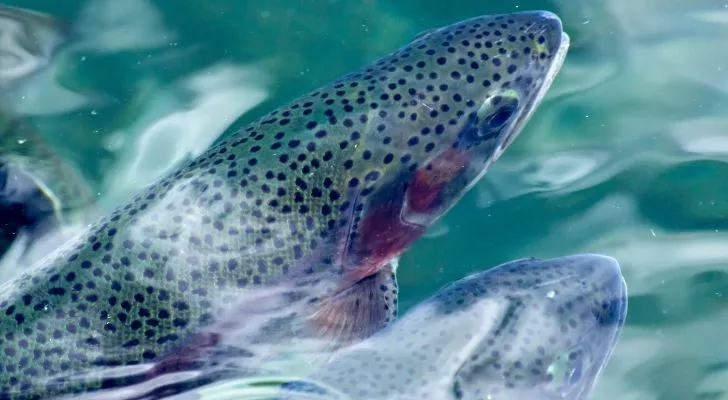
Rainbow trout have been known to eat nearly anything they can lay their jaws on.
The main part of their diet is made up of various aquatic insects, feeding on the larval, pupal, and adult forms.
They are also known to eat land-based insects that are unlucky enough to fall into water nearby.
Other than insects, rainbow trout are known to hunt other water-based life. This ranges from fish smaller than them to fish eggs, crayfish, and shrimp.
They’re certainly not picky when it comes to mealtime!
Rainbow trout have been farmed for food since 1870.
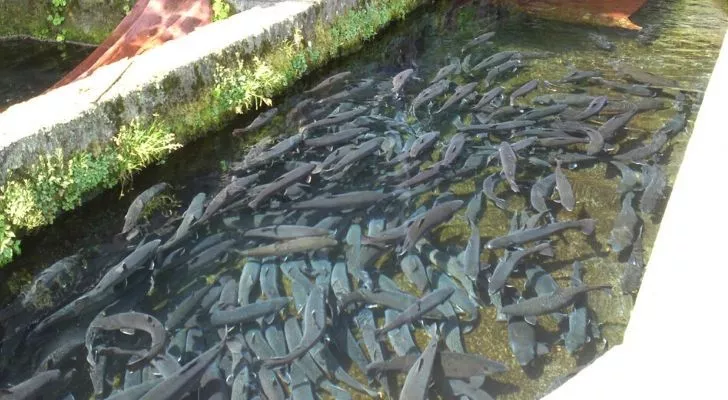
The practice of farming rainbow trout for commercial practices has been going on since the late 19th Century, beginning in the US.
The largest producer of rainbow trout is surprisingly not the US though, it’s Chile!
Commercial rainbow trout farming is no small-scale industry either, with 666,592 tons of the fish harvested globally in 2007.
Rainbow trout are an invasive species.

Rainbow trout are highly in demand, and as such they’re found in fish farms around the world.
As is always inevitable with such large-scale demand, these fish unfortunately found their ways into the surrounding streams, rivers and waterways.
Due to their predatory nature and ability to live in almost any condition, they quickly started hunting native species to the point of endangerment.
In 2014 they were listed in the top 100 invasive species in the world.
There’s one particular type of water that rainbow trout will never live in.

As we’ve established, rainbow trout are so adaptable that they can live in almost all types of water.
There’s one very important exception though – rainbow trout cannot live in polluted water!
In fact, it’s due to this that rainbow trout are actually used in water purification facilities to test pollution levels in the water.
The largest recorded rainbow trout weighed 48 lbs!
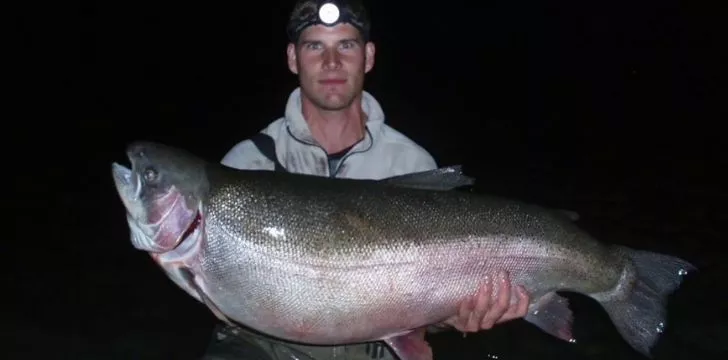
In 2005 a man by the name of Sean Konrad caught the world-record-breaking fish in Lake Diefenbaker, in Saskatchewan.
The fish weighed a whopping 48lbs (22kg), but it was no ordinary rainbow trout.
It was actually an escapee from a nearby fish farm where they genetically modified their trout to increase size and weight.
There are fifteen known subspecies of the rainbow trout!
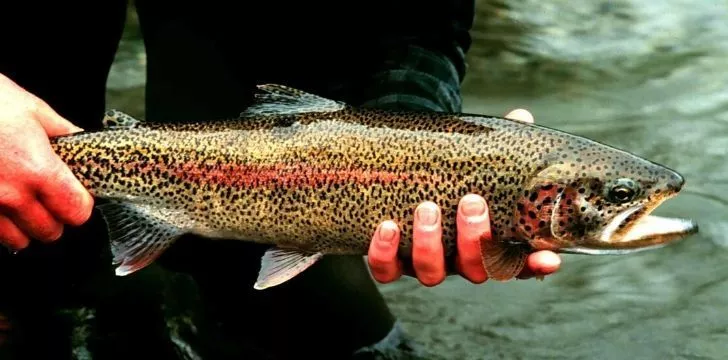
There are so many different subspecies of rainbow trout that it’s necessary to separate them into different forms.
Firstly, we have the originally identified rainbow trout, the Kamchatka rainbow trout, from which all others are categorized.
There are then two types of coastal forms, seven types of redband forms, three types of Kern River golden trout forms, one Mexican form, and then a mutated form called the golden rainbow trout.
That’s a whole lot of trout!
Some people love fly-fishing for rainbow trout, some love eating them, and some just like their cool rainbow pattern – it’s no small surprise that they’re so popular worldwide.
Let’s hope that we can keep better control of them though, otherwise we’ll end up with nothing else but rainbow trout in our waterways!


